![中国的世界遗产(英) [World Heritages Sites in China]](https://pic.windowsfront.com/11958015/5a379697N61ad665a.jpg)

具体描述
编辑推荐
打开画册,读者不仅可以享受一场视觉的盛宴,更能触摸中国的世界遗产身后沉积的五千年悠长历史,还有厚重精深的中华文化,由此增进对中国的了解。
Opening this album, you can not only enjoy a visual feast of pictures, but also get to know about the 5,000-year-long history and the profound Chinese culture involved in the world heritage sites so as to have a better understanding of China.
内容简介
《中国的世界遗产》画册,是对中国的世界遗产的全面、集中展示。它以600多幅高清、精美的图片,从不同视角方位展示了中国世界遗产的独特魅力,并以生动的文字,讲述这些遗产背后的历史、文化、自然、地理知识,揭示它们不可替代和无法再造的独特价值。
The album World Heritage Sites in China is a complete and integrated presentation of the world heritage sites in China. Boasting more than 600 high definition exceptional pictures, it showcases the unique charms of the world heritage sites in China from different angles, vividly introduces the historic, cultural, natural and geographic knowledge about the sites and unveils their irreplaceable value that cannot be reproduced.
作者简介
《中国的世界遗产》编委会。编委会由著名摄影家茹遂初先生担任图片主编,从全国各地100多名资深摄影师手中征集近3000幅作品,从中精选600多幅佳作。
Editorial board of the World Heritage Sites in China. Mr. Ru Suichu, renowned photographer, acts as the editor-in-chief of pictures. He elaborately selected more than 600 fine pictures from nearly 3,000 works taken by more than 100 senior photographers for this album.
内页插图
目录
The Great Wall
Imperial Palace of the Ming and Qing Dynasties
Mount Taishan
Mausoleum of the First Qin Emperor and Terracotta Warriors
The Mogao Caves
Peking Man Site at Zhoukoudian
Mount Huangshan
Jiuzhaigou Valley Scenic and Historic Interest Area
Wulingyuan Scenic and Historic Interest Area
Huanglong Scenic and Historic Interest Area
The Mountain Resort and Outlying Temples, Chengde
Temple and Cemetery of Confucius and the Kong Family Mansion in Qufu
The Potala Palace at Lhasa
Ancient Building Complex in the Wudang Mountains
Lushan National Park
Mount Emei and Leshan Giant Buddha
The Ancient City of Pingyao
Classical Gardens of Suzhou
The Old Town of Lijiang
The Summer Palace
The Temple of Heaven
Mount Wuyi
Dazu Rock Carvings
Mount Qingcheng and the Dujiangyan Irrigation System
Longmen Grottoes
Ancient Villages in Southern Anhui – Xidi and Hongcun
Imperial Tombs of the Ming and Qing Dynasties
Yungang Grottoes
Sanjiang, Where Three Mighty Rivers Run Abreast
Capital Cities and Tombs of the Ancient Koguryo Kingdom
The Historic Centre of Macao
Habitat of Sichuan giant panda
Yin Xu
Kaiping Diaolou and Villages
The Limestone Landscapes of South China
Fujian Earthen Building
Mount Sanqingshan in Jiangxi
Mount Wutai
Historic Monuments of Dengfeng in “the Center of Heaven and Earth”
China Danxia
West Lake of Hangzhou
Site of the Upper Yuan Capital
Chengjiang Fossil Site
Xinjiang Tianshan Mountains
Hani Terraces
Silk Roads: the Routes Network of Chang’an-Tianshan Corridor
Grand Canal
Chinese Tusi Sites
精彩书摘
The Fujian earthen building is a miracle in China’s architectural history, maintaining a long migration history and a huge ethnic group’s long life memory. The Fujian earthen building is a typical Hakka architectural form. Its birth and development both had to do with Hakkas.
Hakkas were originally Hans living near the Yellow River basin on the central plains. From the beginning of the 4th century AD, they were forced to migrate to the south several times due to chaos caused by war and other reasons in nearly 1,000 years. In the course of fleeing their home, either in long and arduous journeys or at new unfamiliar places, they must solve many difficulties through concerted efforts. Therefore, wherever they went, people with the same family name must live together. In the late Southern Song Dynasty (1127-1279) at the latest, they had formed relatively stable ethnic groups in today’s Guangdong, Fujian, Guangxi, Jiangxi, Hunan, etc. To differentiate them from local natives, they were called “Hakkas”.
……
前言/序言
As a country with an ancient civilization, a rich historical legacy and magnificent natural scenery, China has already become an active force in the discovery, research and protection of cultural and natural heritage since ratifying the “Convention Concerning the Protection of World Cultural and Natural Heritage” in 1985. As the end of 2015, China had 48 cultural relic sites and natural landscapes on the “World Heritage List”, and it is still pursuing the heritage application process. China’s cultural and natural heritage belongs not only to China but to the whole world and all of humanity.
This book, “China’s World Heritage”, is a large-scale pictorial that focuses at length on these 48 legacies. Lively descriptions introducing the related cultural items, history, geography and natural expertise are accompanied by exquisite photographs displaying the unique value of China’s World Heritage. They help the reader to understand the shape of Chinese culture developed over thousands of years, political ideology, moral concepts, philosophical ideas, aesthetic pursuits, life interests and even the conduct and spirit of the Chinese people. They also inspire people to think about the meaning of traditional culture and the natural environment as a source of power and sustenance in a way we trust will gain the reader’s support.
用户评价
语言风格上的拿捏尤其值得称赞,它成功地在学术的严谨性和大众的可读性之间找到了一个绝佳的平衡点。对于那些复杂的地质成因或王朝更迭的背景描述,作者们没有使用晦涩难懂的术语,而是采用了非常清晰、逻辑性强的叙事结构,如同讲故事一般娓娓道来,即便是初次接触这些知识的读者也能轻松跟上思路。然而,在描述那些自然奇观时,文字又会变得极富感染力,充满了对自然伟力的敬畏,那种用词的选择,如“磅礴”、“鬼斧神工”、“时间凝固的琥珀”,读来令人心潮澎湃。这种语言的“变调”能力,使得阅读过程如同在不同的遗址间穿梭,时而是冷静的学者,时而又是激动的旅行者,避免了整本书因语调单一而产生的枯燥感,让知识的吸收过程变得愉悦且充满期待。
评分这本书的排版布局简直是教科书级别的示范。它没有采用那种简单粗暴的大图堆砌方式,而是巧妙地将文字信息与视觉元素进行了平衡与对话。在介绍每一处遗址时,开篇往往会用一到两页的篇幅留给一张极具冲击力的全景或代表性角度的图像,瞬间将读者的心神拉入那个场景之中,背景的留白恰到好处,不会让人觉得拥挤。随后才是详细的文字解说,这些文字并非干巴巴的官方介绍,而是融入了历史的纵深感和人文的温度,叙述的节奏张弛有度。最妙的是,它会在关键的细节处,比如某段雕刻的特写,或者某处建筑的结构剖面,插入精致的小图或示意图,这种多层次的视觉引导,极大地提升了阅读的效率和深度。即便是对历史不太了解的读者,也能通过这种视觉上的层层递进,构建起对该遗产地的立体认知。
评分从内容上看,编纂者的选材眼光非常独到,避开了许多常见的明信片角度,力求呈现出遗址更深层次、更具故事性的面貌。我翻阅到某一处古代水利工程的章节时,原以为会看到宏伟的泄洪口,没想到书中却花了大篇幅去描绘其隐藏在地下的复杂暗渠系统,配上细致的线描图,让人不禁惊叹于古人的智慧,那是照片难以捕捉到的精妙。又比如对某处石窟艺术的展示,它没有满足于远景的庄严,而是聚焦于几尊造像的面部特写,那种饱经风霜的眼神、微微上扬的嘴角,仿佛穿越千年与你进行无声的交流,这种情感上的连接是空泛的描述所无法企及的。这种对“细节之美”和“内在精神”的捕捉,使得整本书的格调一下子被拔高了,让人感觉像是一位经验丰富的考古学家在为你私人导览。
评分这本书在信息呈现上的创新性,真正让我看到了当代出版技术与文化传承的完美结合。它不仅是静态的图片展示,更像是一个多维度的信息门户。我发现,在每一处重要地点的介绍旁,都设计了二维码(或者类似的标识),这暗示着读者可以通过扫描获取更深层次的资料,也许是三维模型、历史文献的节选,甚至是现场的纪录片片段。虽然我没有实际扫描去验证,但这种“延伸阅读”的思路,极大地拓宽了纸质书的边界,让实体书不再是一个终点,而是一个导向更广阔知识海洋的起点。它尊重了现代读者的信息获取习惯,同时又保留了实体书带来的沉浸感和仪式感,这种对“体验升级”的追求,绝对是未来文旅和文化类出版物值得借鉴的方向。
评分这本画册的装帧设计着实是令人眼前一亮。精装的硬壳摸上去质感十足,那种沉甸甸的分量感,立刻就让人觉得这是一本值得珍藏的精品。封面采用的哑光处理,配上烫金的字体,低调中透着一股历史的厚重感,即便是摆在书架上,也像是艺术品一样。内页纸张的选择更是考究,那种略带米白色的厚磅铜版纸,不仅让色彩的还原度极高,即便是印刷再精美的照片,也丝毫不显得油腻或刺眼,翻阅起来手感极其顺滑。我特别注意到,装订部分处理得非常平整,无论是靠近书脊还是边缘,折页都处理得一丝不苟,这对于一本承载了如此多宏大景观的图集来说至关重要,因为只有平摊后才能完整欣赏那些跨页的壮丽景色。从开箱的那一刻起,我就能感受到出版方在细节上倾注的心血,这不仅仅是一本书,更像是一份精心准备的礼物,让人忍不住想立刻打开它,去探寻那些未曾谋面的奇迹。
相关图书
本站所有内容均为互联网搜索引擎提供的公开搜索信息,本站不存储任何数据与内容,任何内容与数据均与本站无关,如有需要请联系相关搜索引擎包括但不限于百度,google,bing,sogou 等
© 2025 book.coffeedeals.club All Rights Reserved. 静流书站 版权所有

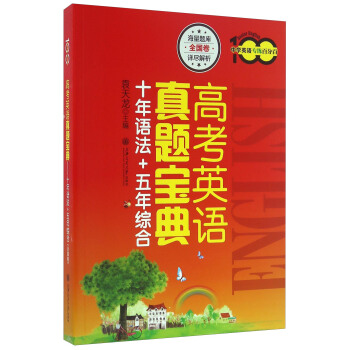
![迪士尼动画故事英语分级读物·第3级:超人总动员 [4-12岁] pdf epub mobi 电子书 下载](https://pic.windowsfront.com/12000897/5821a156N49e3ea2f.jpg)
![交际西班牙语教程A2(学生用书 附mp3下载) [El Curso En Vivo A2 Libro Del Alumno] pdf epub mobi 电子书 下载](https://pic.windowsfront.com/12021924/57e8bd2dN4266f8f7.jpg)
![与美国小学生一起学英文:有趣的阅读7(附CD光盘1张) [7-10岁] pdf epub mobi 电子书 下载](https://pic.windowsfront.com/12024925/585777b0N09f479f1.jpg)
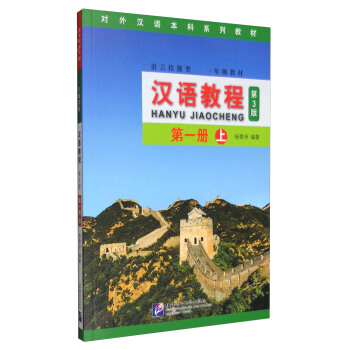

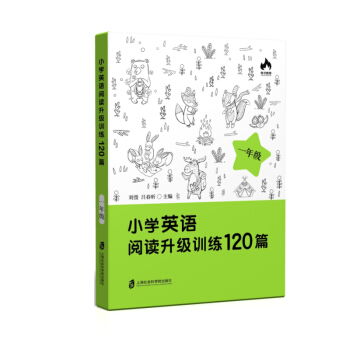
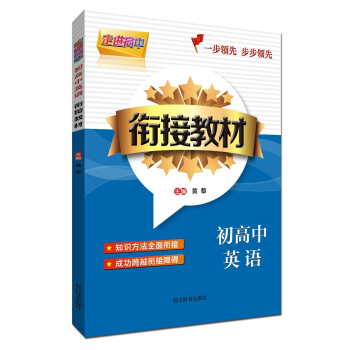

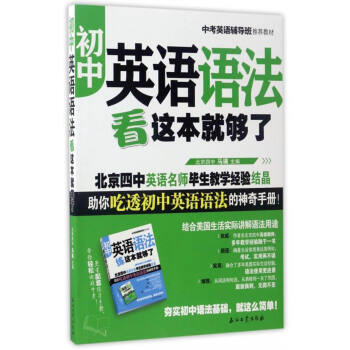

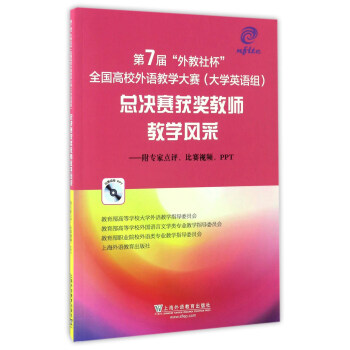
![英语诵读菁华 高中卷(音频二维码扫描) [Read Recite] pdf epub mobi 电子书 下载](https://pic.windowsfront.com/12085459/59312ca6N686213b9.jpg)
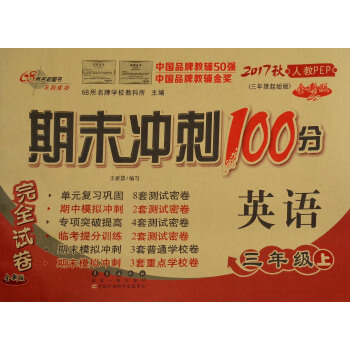
![中国文化经典导读系列:名家讲中国书法(英文版) [Masters on Masterpieces of Chinese Calligraphy] pdf epub mobi 电子书 下载](https://pic.windowsfront.com/12094176/5874781cN220b9be4.jpg)
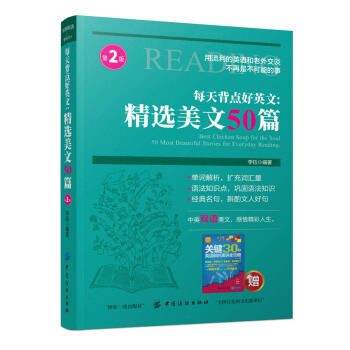
![赖世雄实用英语成语 [Practical English Idioms] pdf epub mobi 电子书 下载](https://pic.windowsfront.com/12102657/595ca601Ne0da27ba.jpg)
![美语从头学 赖世雄中级美语(上 同步练习册) [Intermediate English Workbook] pdf epub mobi 电子书 下载](https://pic.windowsfront.com/12102693/595ca602N93ce1e29.jpg)
![美语从头学 赖世雄中级美语(下 同步练习册) [Intermediate English Workbook] pdf epub mobi 电子书 下载](https://pic.windowsfront.com/12102701/595ca601Ne38f8891.jpg)
